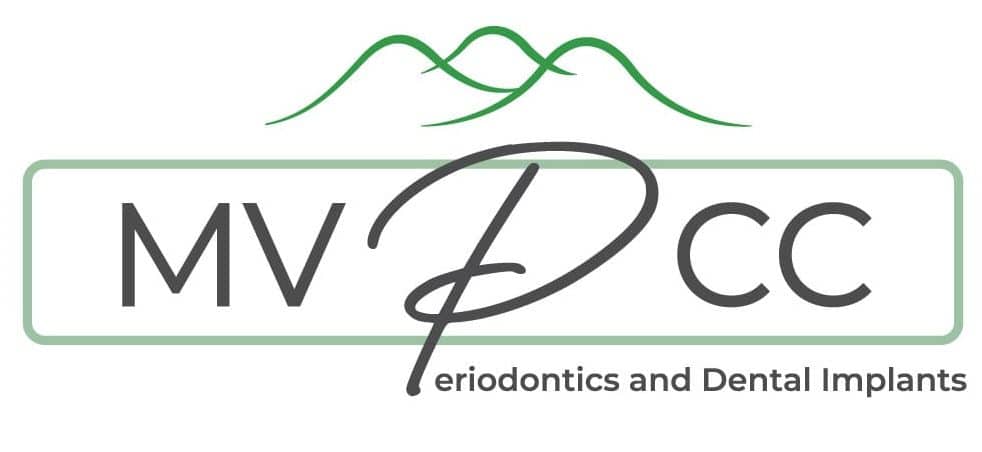Embarking on the journey of oral health improvement through osseous surgery at Periodontics of Cherry Creek in Glendale and Mountainview Periodontics and Dental Implants in Parker, Colorado, promises many transformative benefits. These esteemed practices, dedicated to periodontal care, offer a specialized focus on osseous surgery under the expert guidance of our skilled and experienced periodontists, Dr. Maryanne Butler and Dr. Amy Riffel.
In this article, we will explore what osseous surgery is and the several benefits.
The Essentials of Osseous Surgery
Osseous surgery, or pocket reduction surgery, is a standard procedure to address bacterial infection in the gum pockets, restore oral health, and prevent additional bone and gum loss. It’s performed when the space between the gums and teeth is too deep and complex to clean, leading to persistent and damaging bacterial accumulation.
This surgery can be a life-changing treatment for those suffering from advanced stages of gum disease, characterized by bone loss and deep gum pockets. Reshaping the bone around the teeth aims to eliminate these pockets or reduce their size, thereby creating a sterile environment that facilitates good oral hygiene and protects the mouth’s overall health. In some instances, there is an option for a more conservative approach called LANAP (Laser Assisted New Attachment Procedure). This is a ‘non-cut, non-stitch’ approach that minimizes post-operative pain, root sensitivity, and shrinkage of the gum, which may occur with traditional osseous surgery.
When is Osseous Surgery Necessary?
Osseous surgery becomes necessary when non-invasive treatments fail to:
- Reduce pocket depths on teeth and maintain the health of the surrounding tissues
- Halt disease progression
- Avoid further bone loss, which can lead to tooth extractions
This advanced surgical procedure is often indicated in patients with moderate to severe periodontitis. After a comprehensive examination, Dr. Maryanne Butler or Dr. Amy Riffel will decide to proceed with osseous surgery after carefully examining the patient’s condition and a thorough oral health assessment.
The Benevolent Benefits of Osseous Surgery
Elevating Gum Health and Stability
Osseous surgery accomplishes a vital restoration of gum health by repairing the damage done by gum disease. The procedure removes sources of chronic inflammation and eliminates the pockets that can trap bacteria and cause further bone loss. This restoration promotes overall gingival health and enhances the teeth’s stability within the jawbone.
Pocket Reduction and Bacterial Eradication
Reducing pocket depths is critical in keeping gums and teeth free from bacterial invasion. Deeper pockets can be difficult, providing a sanctuary to bacteria and leading to chronic infection, resulting in possible tooth loss and systemic health issues. Osseous surgery seeks to eradicate these breeding grounds, enabling the body to fight off infection more effectively.
Preservation and Prevention
One of the most significant benefits of osseous surgery is its role in preserving teeth that might otherwise be lost to periodontal disease. By maintaining the integrity of the bone and connective tissues that support the teeth, this surgery prevents them from becoming loose or shifting, which can ultimately save a patient’s smile from the trauma of tooth loss.
FAQs about Osseous Surgery
What Does Osseous Surgery Feel Like?
Osseous surgery is usually performed under local anesthesia. Most patients report feeling pressure or vibration as the dental instruments work to remove the diseased bone tissue. The sensation resembles high-grade cleaning tools used in routine dental deep cleanings.
Is Osseous Surgery Painful?
Post-surgery pain can vary from patient to patient. Typically, we will help manage discomfort and swelling with over-the-counter and prescription l pain medications. If you are a candidate for the LANAP laser surgery, you may not need pain meds at all. Dr. Maryanne Butler or Dr. Amy Riffel can also recommend or prescribe antibiotics to prevent post-surgical infections.
How Long Does Recovery Take?
Recovery from osseous surgery involves several stages. The initial healing period, when the gums reattach to the teeth following the surgery, can take a few weeks. However, complete healing of the bone and soft tissues can take up to six months. Patients must maintain a strict oral hygiene regimen and attend follow-up visits to monitor their progress. After you have healed, it is also important to continue to practice your best oral hygiene and come in for routine dental cleaning every 3 to 4 months to help prevent additional bone loss.
Misconceptions About Osseous Surgery
One of the common misconceptions about osseous surgery is that it’s an extreme or unnecessary treatment. However, for patients with advanced periodontal disease, it is a highly effective approach to resolving the issues that lead to tooth and bone loss. Another misconception is that it’s a painful procedure. Modern techniques and anesthesia have made the process quite manageable, with most patients reporting minimal discomfort. And if you are a candidate, LANAP laser surgery makes it an even easier recovery:
The Lasting Impact of Osseous Surgery in Glendale and Parker, CO
Osseous surgery is a critical tool against periodontal disease, giving patients a second chance to maintain their dental health. By understanding the procedure and its benefits, you can confidently approach the decision to undergo osseous surgery, knowing you are taking a significant step toward preserving your smile and overall well-being. Schedule a consultation with our periodontists at one of our locations today to see if osseous surgery can help your smile.

